Mumbai’s air quality has been rated as “Very Poor” with an AQI of 306 on Friday, according to the System of Air Quality and Weather Forecast and Research (SAFAR). Several areas in the city have recorded even hazardous AQI levels, with Mazagaon in south Mumbai at 358, Chembur at 343, and Malad, BKC, and Andheri at 311. The Mumbai air pollution crisis will continue for a few days ahead with no climate respite to disperse the pollution levels.
Other areas such as Colaba, Bhandup, Worli, and Borivali also recorded AQI in the “Poor” to “Very Poor” range. In 2022, Mumbai had 18 days with a “Poor” AQI in November and December, and almost every day between December 4 and 18. In contrast, the city did not experience any “Very Poor” AQI days in 2020, but had eight such days in 2021. According to SAFAR, AQI levels between 0-50 are considered “Good,” 51-100 are “Satisfactory,” 101-200 are “Moderate,” 201-300 are “Poor,” 301-400 are “Very Poor,” and above 400 are “Severe.”
On Saturday, Mumbai’s air quality remained “poor” with an AQI of 203, continuing the trend from last week. The drop in temperature has resulted in a decrease in air quality in the city, which has had worse AQI than Delhi at least twice in the past week. Other cities in India also have poor air quality, with Pune at 181, Chennai at 178, Hyderabad at 232, Kolkata at 265, Bengaluru at 102, Ahmedabad at 130, and Delhi at 311. Delhi’s AQI is currently “very poor.”
According to SAFAR, the combination of stagnant winds, the drop in temperature, and suspended pollutants mixing with moisture in the atmosphere is causing haze in Mumbai. The air quality in the city is expected to worsen as the temperature continues to decrease. The pollutant PM 2.5 and PM 10 concentrations are currently at 130 and 203, respectively. The AQI in different areas of Mumbai include Navy Nagar and Colaba at 236, Malad at 212, Worli at 132, Sion at 165, Thane and Pimpleshwar Mandir at 127, and Nerul and Navi Mumbai at 239.
Mumbai’s Air Pollution Crisis Continues : Hazardous Air Quality Levels
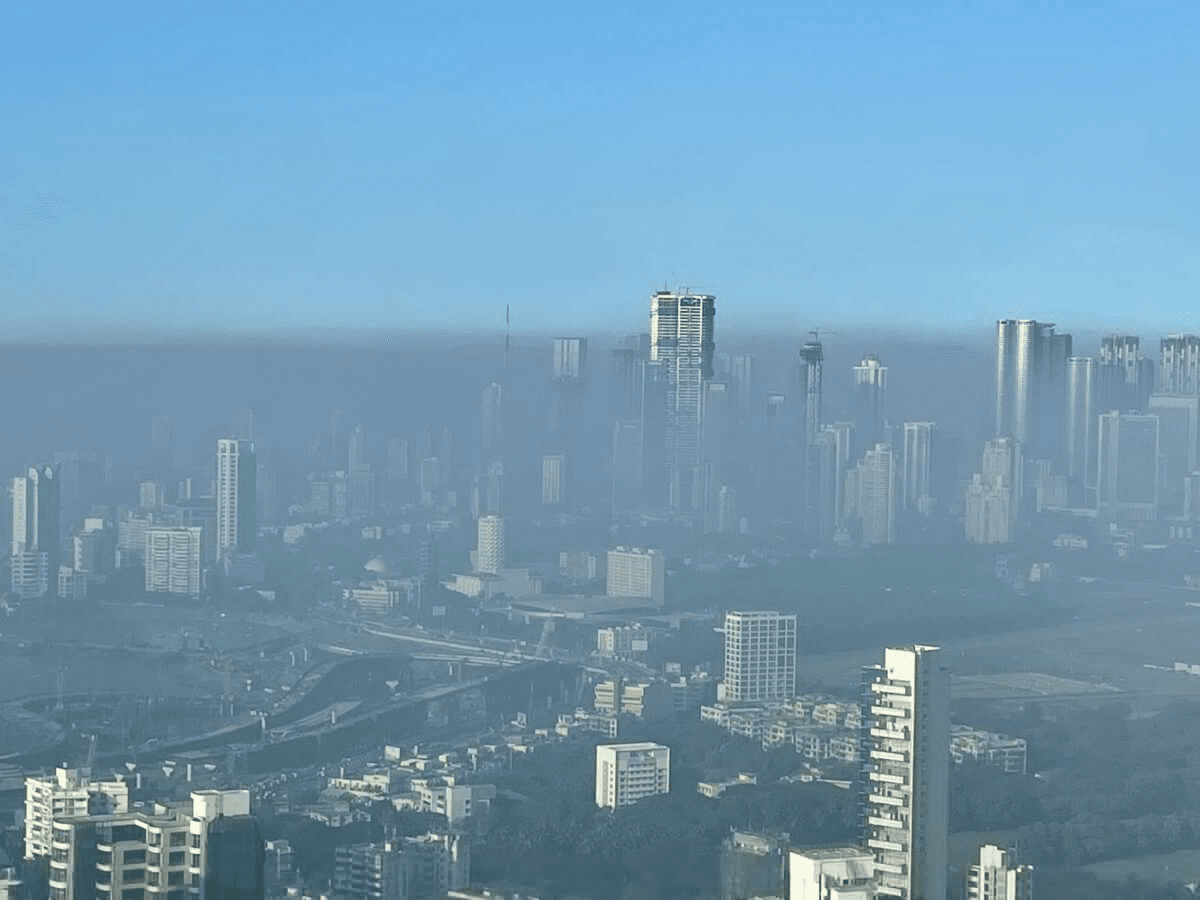
Latest from Health

GP Registration Online Now At 98.4% Of Practices As 3.8 Million Sign Ups Signal NHS Digital Shift
Almost all GP practices in England now offer online registration, making it easier for millions of patients to sign up with a doctor without visiting a surgery in person. New figures show

WA Measles Outbreak Grows: 15 Cases Confirmed Since March 19, 2025
The Western Australian Department of Health’s measles alert for Metropolitan Perth and the South West remains active as cases continue to climb, with 15 confirmed cases recorded since March 19, 2025. Health
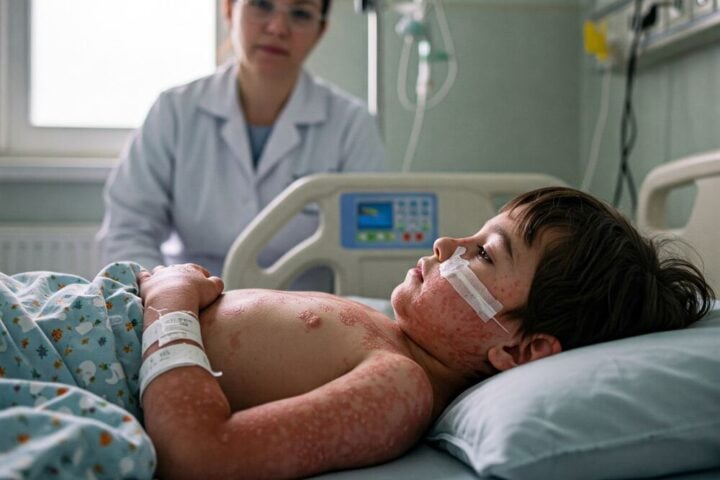
Texas Measles Outbreak Hits 597 Cases With 2 Child Deaths, 62 Hospitalized, CDC Steps In
Texas health officials report that 597 measles cases have been confirmed since January, marking one of the state’s worst outbreaks in decades. The number jumped by 36 cases since April 15, showing

Gen Z And Millennials Prioritize Mental Health Over Pay As 50% Say They’d Take A Cut For Well-Being Benefits
Nearly half of American Millennials and Gen Z workers would take a pay cut for better workplace well-being support, reveals a major global study. This significant shift in priorities is something employers
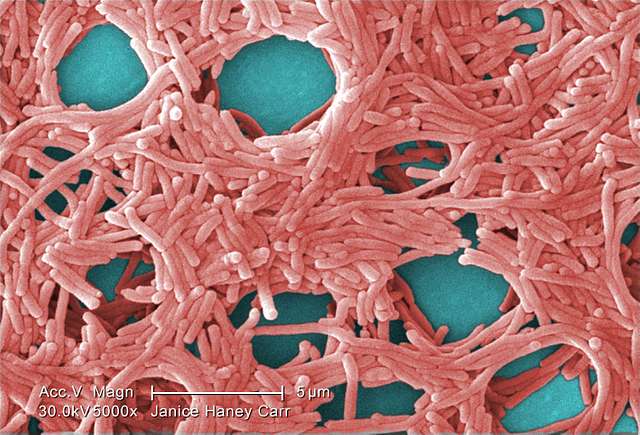
Sydney Legionnaires’ Outbreak: 1 Dead, 12 Hospitalized
A serious outbreak of Legionnaires’ disease has hit Sydney’s central business district (CBD), leaving one person dead and 11 others hospitalized. NSW Health officials are racing to contain the spread while investigating

Brits Track Finances, Weather and TV More Than Cancer Symptoms, NHS Warns
The public is checking their financial health far more regularly than their physical health, according to a new NHS survey that has prompted urgent calls for change from leading health officials. Only

Victoria Measles Cases Reach 15 in 2025, 5 Locally Acquired; Exposure Sites Listed Across Melbourne
A newly identified measles case in Victoria with no overseas travel history has health officials concerned about local transmission of the highly contagious disease. The case brings Victoria’s total to 15 measles

77% of Indian Infants Lack WHO-Recommended Dietary Diversity, NFHS-5 Reveals
In the crucial early years when tiny bodies are developing at warp speed, most Indian kids aren’t getting the nutritional variety their growing brains and bodies desperately need. A recent study analyzing
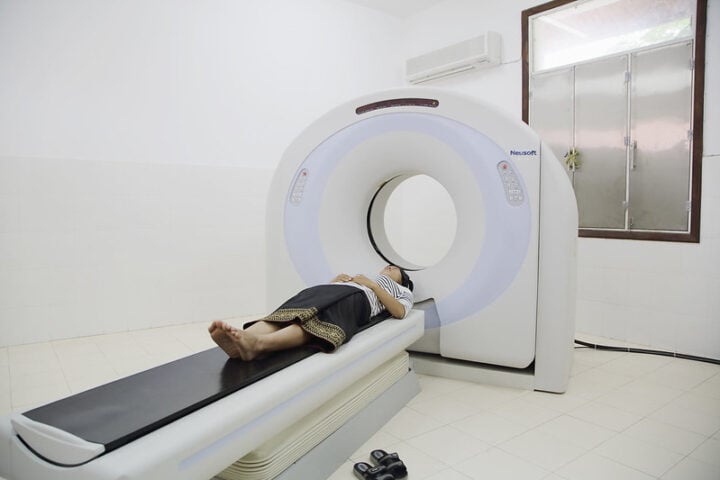
CT Scans Linked to 103K Future Cancer Cases—Up to 5% of New Diagnoses Could Be Prevented
A groundbreaking study just published in JAMA Internal Medicine has found that radiation from CT scans could be responsible for approximately 103,000 future cancer cases in the United States – potentially accounting

Olivia Munn Diagnosed With Aggressive Breast Cancer Despite Testing Negative for 90 Cancer Genes
Actress Olivia Munn has channeled the emotional weight of her recent cancer battle into her performance in Apple TV+’s new series, “Your Friends & Neighbors,” premiering April 11, 2025. The 44-year-old star,
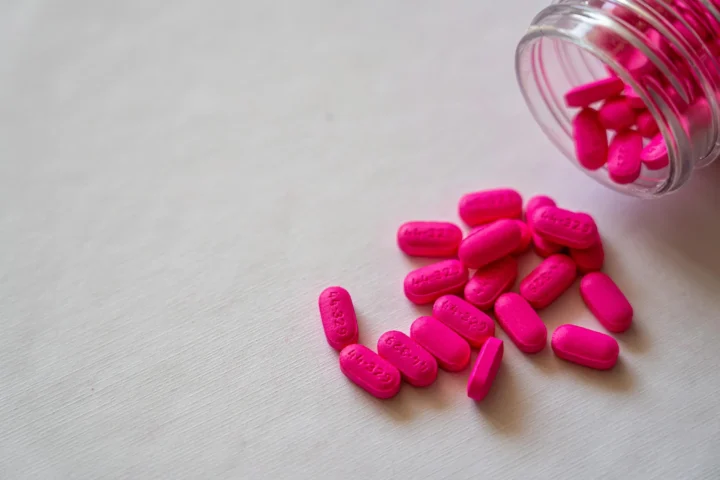
Pfizer Oral GLP-1 Danuglipron Dropped After 73% Nausea and One Liver Injury Case Among 1,400 Patients
Pfizer has pulled the plug on danuglipron (PF-06882961), its experimental once-daily oral GLP-1 receptor agonist for weight management, after a participant in an early-stage dose-optimization trial developed potential drug-induced liver injury (DILI).

Popcorn Lung Diagnosed in 17-Year-Old After 3 Years of Vaping
When 17-year-old cheerleader Brianne Cullen called her mother during practice, gasping that she couldn’t breathe, neither expected the devastating diagnosis that would follow: bronchiolitis obliterans, commonly known as “popcorn lung” – a

NSW Expands Free Japanese Encephalitis Shots to 60 LGAs as Mosquito Threat Grows
NSW has broadened its free Japanese encephalitis (JE) vaccine program to include five more regional areas, offering greater protection as mosquito activity remains high across the state. The expansion, announced on April

Teen Screen Time Above 2 Hours Linked to Anxiety, Depression, and Cognitive Decline
Adolescents have extensive use of screens. It’s directly related to their mental health. A systematic study was carried out to understand the relationship between teen screen time (ST) and psychological disorders. The

Valley Fever in Dogs Surges Fivefold to 12.4% of U.S. Counties in Just 10 Years
Does your dog love to dig? That enthusiastic paw-scratching might be providing scientists with crucial health data. New research shows our canine companions could serve as early warning systems for a potentially

